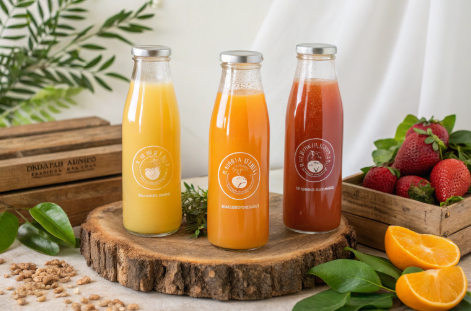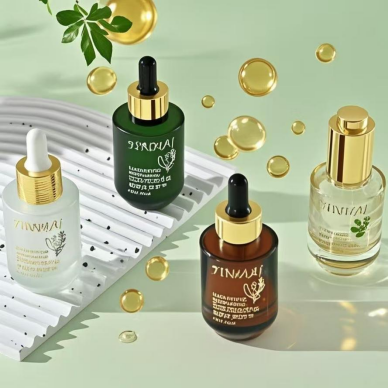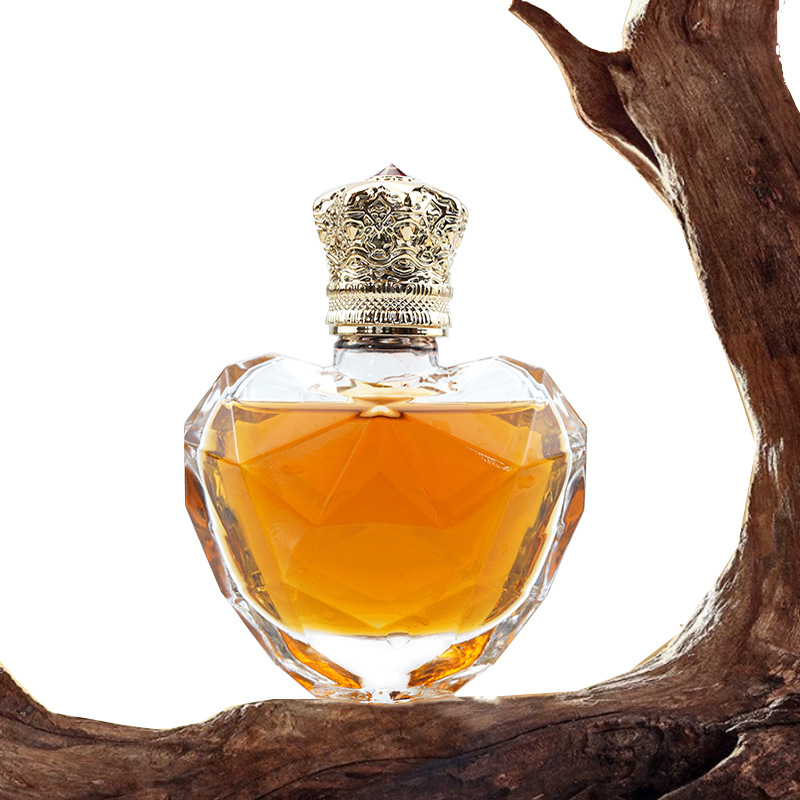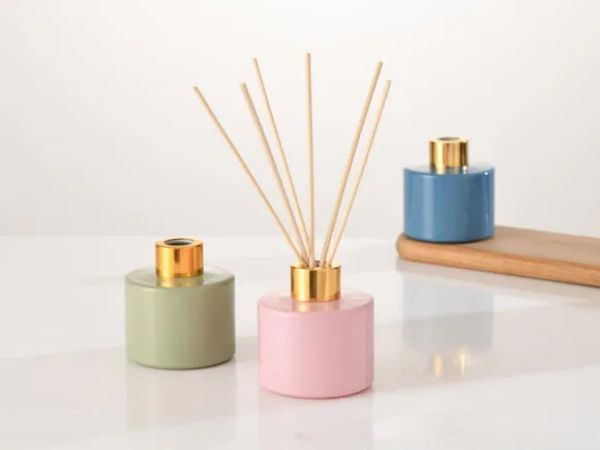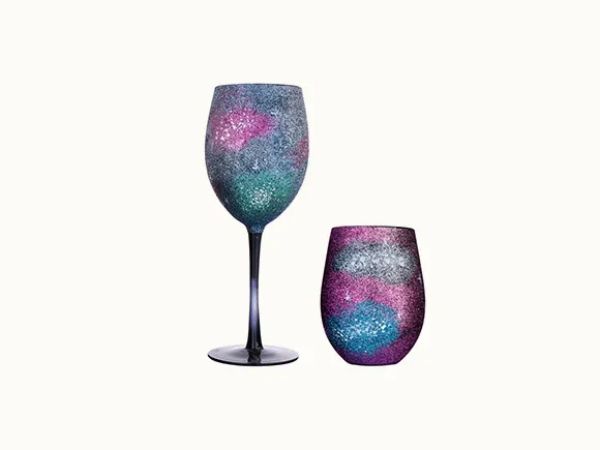In the rapidly evolving juice industry, packaging plays a pivotal role in product quality, brand perception, consumer safety, and environmental impact. Juice companies face a critical decision when choosing between glass and plastic bottles as the primary packaging material. Both materials offer distinct advantages and challenges, and the right choice depends on multiple factors including product type, brand positioning, sustainability goals, and cost considerations.
This comprehensive article explores the pros and cons of glass and plastic bottles for juice packaging, delves into consumer trends and environmental implications, and discusses practical considerations for juice companies. We also highlight howPaupackingsupports juice brands with premium, customizablejuice bottlesdesigned to meet diverse market needs.


1. The Importance of Packaging Choice in the Juice Industry
1.1 Protecting Juice Quality and Freshness
Juice is a highly perishable product sensitive to oxygen, light, and temperature fluctuations. Packaging must provide a strong barrier to:
-
Prevent oxidation, which causes nutrient loss and flavor degradation.
-
Shield from UV and visible light that can break down vitamins and alter taste.
-
Maintain airtight seals to avoid contamination and spoilage.
The right bottle material and design directly influence shelf life and consumer satisfaction.
1.2 Enhancing Brand Image and Consumer Appeal
Packaging is often the first point of interaction between the consumer and the product. It conveys brand values, quality, and trustworthiness.
-
Premium brandsoften prefer glass for its luxurious feel and visual appeal.
-
Mass-market brandsmay opt for plastic for convenience and affordability.
-
Packaging design also affects shelf visibility and purchase decisions.
1.3 Balancing Cost and Logistics
Packaging impacts production costs, shipping expenses, and storage efficiency.
-
Glass is heavier and more fragile, increasing transportation costs and risk.
-
Plastic is lighter and more durable but may compromise on premium perception.
-
Companies must balance cost-effectiveness with quality and sustainability.
1.4 Meeting Sustainability Goals
Consumers increasingly demand environmentally responsible packaging.
-
Glass is fully recyclable and reusable, aligning with circular economy principles.
-
Plastic recycling rates vary, and plastic pollution remains a global concern.
-
Juice companies must consider their environmental footprint in packaging choices.
2. Glass Bottles for Juice: Pros, Cons, and Applications
2.1 Advantages of Glass Bottles
Glass bottles have long been the gold standard for juice packaging due to their superior protective qualities and premium image.
-
Chemical Stability:Glass is inert and does not leach chemicals into juice, preserving flavor and safety.
-
Barrier Properties:Glass provides an excellent barrier against oxygen and moisture, extending shelf life.
-
Light Protection:Colored glass (amber, green) protects juice from UV rays, preventing nutrient degradation.
-
Premium Perception:Glass conveys quality, tradition, and luxury, appealing to discerning consumers.
-
Recyclability:Glass can be recycled indefinitely without loss of quality, supporting sustainability.
-
Temperature Resistance:Glass withstands temperature fluctuations better than plastic, maintaining juice integrity.
2.2 Disadvantages of Glass Bottles
Despite their benefits, glass bottles present some challenges:
-
Weight:Heavier than plastic, increasing shipping and handling costs.
-
Fragility:Prone to breakage, requiring careful packaging and handling.
-
Cost:More expensive to produce and transport.
-
Storage Efficiency:Bulkier, leading to higher warehousing costs.
2.3 Ideal Use Cases for Glass Bottles
-
Premium cold-pressed juices.
-
Organic and artisanal juice brands.
-
Products targeting health-conscious and eco-aware consumers.
-
Retail environments emphasizing luxury and sustainability.
2.4 Paupacking’s Glass Juice Bottles
Paupacking offers a wide selection of high-quality glassjuice bottlesin various sizes, shapes, and colors, including clear, amber, and green glass. Their bottles are designed for durability and aesthetic appeal, with customization options to align with brand identity and market positioning.
3. Plastic Bottles for Juice: Pros, Cons, and Applications
3.1 Advantages of Plastic Bottles
Plastic bottles dominate the juice market for their practicality and cost-effectiveness.
-
Lightweight:Significantly lighter than glass, reducing transportation costs and carbon footprint.
-
Durability:Resistant to breakage, minimizing product loss and safety hazards.
-
Cost-Effective:Lower production and shipping costs make plastic appealing for large-scale distribution.
-
Design Flexibility:Easily molded into various shapes and sizes, allowing innovative packaging designs.
-
Convenience:Often feature resealable caps and ergonomic shapes for consumer ease.
3.2 Disadvantages of Plastic Bottles
-
Environmental Impact:Plastic pollution and limited recycling rates raise sustainability concerns.
-
Chemical Interaction:Some plastics can leach chemicals or absorb flavors, affecting juice quality.
-
Light Protection:Plastic offers poor UV protection unless specially treated.
-
Perceived Quality:Plastic packaging is often viewed as less premium.
3.3 Ideal Use Cases for Plastic Bottles
-
Mass-market juices and fruit drinks.
-
On-the-go and convenience packaging.
-
Products with lower price points.
-
Situations requiring lightweight, shatterproof packaging.
4. Environmental Considerations: Glass vs. Plastic
4.1 Glass Sustainability
-
Glass is made from abundant natural materials and is infinitely recyclable.
-
Recycling glass reduces raw material consumption and energy use.
-
Many consumers associate glass with eco-friendliness and premium quality.
-
Paupacking emphasizes sustainable glass production and offers recyclable packaging solutions.
4.2 Plastic Sustainability Challenges
-
Plastic production relies on fossil fuels and contributes to pollution.
-
Recycling rates vary globally; many plastics end up in landfills or oceans.
-
Innovations in biodegradable plastics exist but are not yet widespread.
-
Brands must consider consumer expectations and regulatory trends toward reducing plastic use.
5. Consumer Preferences and Market Trends
-
Growing consumer preference for glass packaging in health and organic segments.
-
Plastic remains popular for convenience and affordability but faces increasing scrutiny.
-
Sustainable packaging is a key purchasing factor for younger demographics.
-
Packaging innovation, including hybrid materials and refillable bottles, is gaining traction.

6. Practical Considerations for Juice Companies
6.1 Product Type and Shelf Life
-
Fresh, cold-pressed juices benefit from glass for extended freshness.
-
Shelf-stable juices may use plastic for cost efficiency and durability.
6.2 Distribution and Logistics
-
Plastic suits long-distance shipping with less breakage risk.
-
Glass requires careful handling and protective packaging.
6.3 Branding and Positioning
-
Glass supports premium, artisanal, or organic brand images.
-
Plastic suits mass-market or convenience-focused brands.
7. Paupacking’s Role in Juice Bottle Solutions
Paupacking provides:
-
Customizable glassjuice bottlesin various sizes and colors.
-
Advanced manufacturing ensuring durability and quality.
-
Decoration and labeling services to enhance brand identity.
-
Packaging accessories and logistics support for global delivery.
-
Sustainable packaging options aligned with environmental goals.
8. Comparison Table: Glass vs. Plastic Juice Bottles
| Feature | Glass Bottles | Plastic Bottles |
|---|---|---|
| Material Origin | Natural, inert, recyclable | Petroleum-based, less recyclable |
| Weight | Heavy, increases shipping cost | Lightweight, reduces transportation cost |
| Durability | Fragile, requires careful handling | Durable, resistant to breakage |
| Environmental Impact | Recyclable infinitely, eco-friendly | Limited recyclability, pollution concerns |
| Cost | Higher production and shipping cost | Lower cost, economical for mass production |
| UV Protection | Excellent (especially colored glass) | Poor, risk of light-induced degradation |
| Flavor Preservation | No flavor transfer or absorption | May absorb or impart odors |
| Consumer Perception | Premium, luxury feel | Often perceived as lower quality |
| Design Flexibility | Moderate, limited by glass molding | High, easy to mold creative shapes |
| Safety | Glass shards risk if broken | Safer due to unbreakable nature |
9. Recommendations for Juice Companies
-
Chooseglass bottlesif your priority is premium quality, sustainability, and brand prestige.
-
Opt forplastic bottleswhen cost, durability, and lightweight shipping are critical.
-
Consider hybrid approaches: glass for flagship products, plastic for convenience lines.
-
Work with suppliers likePaupackingto customizejuice bottlesthat meet your brand’s unique needs.
-
Implement bottle return or recycling programs to enhance sustainability credentials.
10. Conclusion
The choice between glass and plastic bottles profoundly impacts juice quality, brand image, environmental footprint, and operational costs. Glass bottles offer superior protection, recyclability, and premium appeal, while plastic bottles provide cost-effective, lightweight, and durable solutions.
Paupackingstands ready to support juice companies with a wide selection of customizable, high-quality glassjuice bottles, expert design services, and sustainable packaging solutions. By partnering with Paupacking, brands can balance quality, sustainability, and market demands to deliver exceptional juice products.
Explore Paupacking’s offerings today and discover the perfect bottle to elevate your juice brand.






